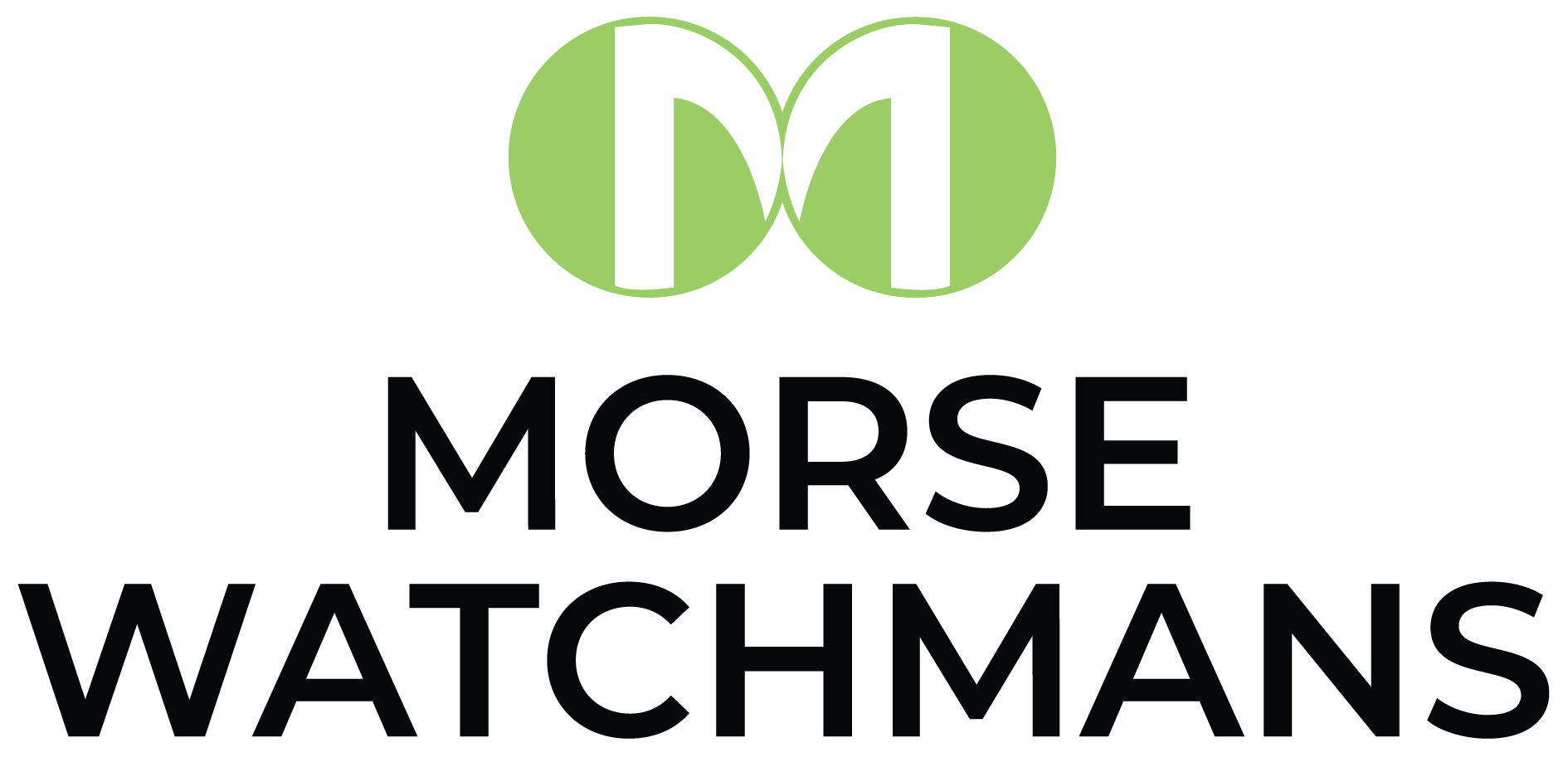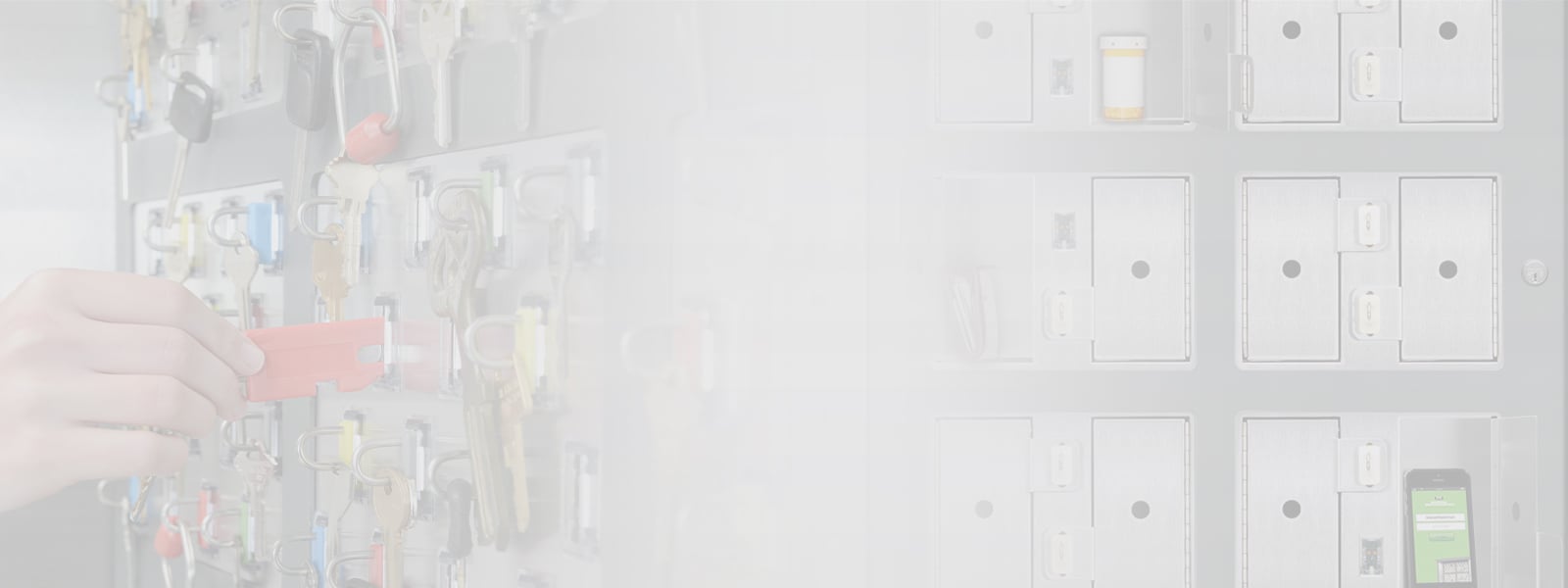Rules and regulations governing the use of door locks in K-12 schools are designed to help ensure the safety and security of the students, staff and faculty. They are enforced for both security reasons (keeping unwanted visitors out, securing valuable assets, etc.) and for safety reasons (quick, unencumbered egress) and can significantly affect the welfare of the school environment. Controlling and managing the door/building keys, while not governed by fire or safety codes, play an equally important role in maintaining the safety and security of the students, staff and facility.
Key control systems are designed to secure mechanical keys in a tamper-proof cabinet. Unlike simple locking key boxes, key control systems are automated and provide an audit trail of key usage. Only users with pre-programmed personal identification codes may remove or return keys for which they are authorized to use, when they enter the code into the keypad on the key cabinet. For example, the physical education staff would be programmed to access keys for the gymnasium, locker rooms and sports equipment storage areas but not for the music/band room.
Programming of the system is quick and easy and can be accomplished either through a PC or directly into the key control cabinet. With network programming, there is supplemental key control and school administrators can further manage access to keys. For example, cleaning staff may be authorized to access a master key but only at certain times and for specific periods of time. This feature helps to prevent the incidence of keys being lost or not returned as scheduled.
Restricting access to the keys and knowing the identity of employees who are authorized to use a specific key enables school administrators to keep better control of assets and help ensure timely follow-up action if there is an incident. In addition, keys stored in the cabinet do not carry identification, so if one is lost the vulnerability of the school or secured area is lessened.



